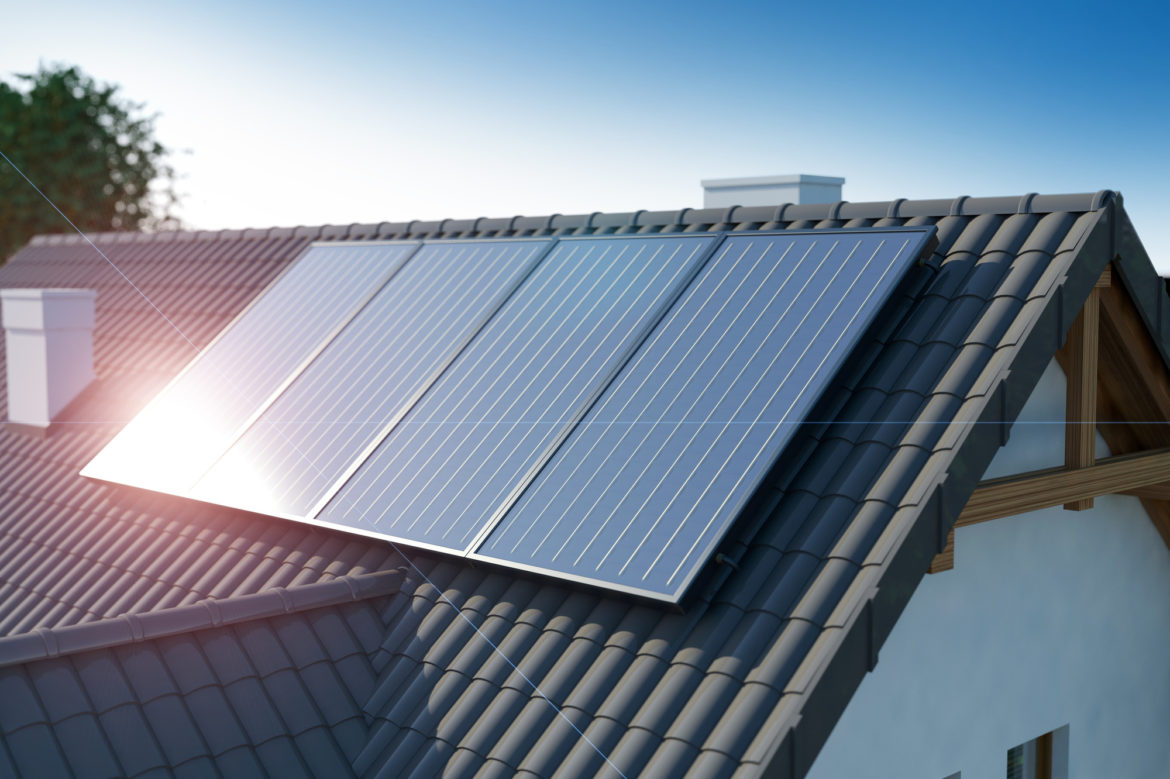Did you know there’s now enough solar capacity in the United States to power 15.7 million homes? Since the early 2000s, the use of solar energy has become more and more widespread.
The result is cheaper technology that almost anyone can use to power their home. This is what makes it perfect for powering off-grid solar systems. Off-grid homes often don’t have access to traditional energy infrastructure and really benefit from a renewable source of power.
So, using the sun to power most of your systems can be an extremely self-sufficient way to live. In this article, we’ll give you our ten tips to consider if you want solar energy for your off-grid home. Let’s get started!
10 Tips to Optimize Your Off-Grid Solar Systems
If you’re setting up an off-grid solar system, then make sure to consider all ten of these tips.
We recommend caution if you don’t have experience working with solar or electric systems. Just because it’s clean energy, doesn’t mean it can hurt you. Instead, consider hiring a professional to help walk you through the installation.
1. Calculate the Number of Panels You’ll Need
The first thing you will need to do is determine the number of solar panels you’ll need. You can calculate this by dividing your minimum energy needs with the amount of available sunlight in your area.
Luckily, the NREL provides a PV Watts calculation tool. This will provide you with area-specific energy costs related to other off-grid systems found in your area.
2. Choose the Right Type of Battery
Next, you must choose a battery strength for your solar systems: 12 volts, 24 volts, or 48 volts. If you’re just powering a few small photo volatile panels, then a 12-volt battery will do the trick.
If you need more power, then you’re better off gradually adding stronger batteries. 24 and 48 volts can support systems as large as 400 watts.
3. Maximize the Amount of Sunlight Your Panels Receive
To get the most out of your solar panels you will need to find an area that provides a lot of sunlight. Pay attention to how the sun moves around your property. Avoid areas that have shade over them for good amounts of the day.
You should also make sure that it’s easy to access the panels for maintenance. Roofs might provide a lot of suns, but they are a pain to reach anytime you need to make repairs.
4. Avoid Voltage Drop With Heavy Wire
Voltage drop occurs when power is lost when traveling from the panel to the final destination. If you use a small gauge wire, then you’re providing almost no resistance for the electric current.
The result is a lot of voltage drop. You can solve this by investing in a heavier gauge wire. Doing so will provide your system with more resistance against drops in voltage.
5. Keep Your Solar Panels Clean
Over time solar panels will get dirty. Unfortunately, the pollen, bird poop, and dirt that buildup can reduce the efficiency of the technology. In some cases, this can reduce your energy output by as much as 30%.
You also can’t expect rain to clean it for you—you need to scrap it off manually. So, if you want to get the most out of your system, then remember to clean it with a gentle brush and soapy water once every few months.
6. More Energy is Better Than Less Energy
While it’s important to get a rough daily energy calculation, you need to factor in variables you may not be accounted for.
Because of this, it’s better to have more energy than you’ll need, rather than less. We recommend installing a system that provides 25% more solar energy than you need.
7. Use LED Lights
It should come as no surprise that off-grid solar systems can provide the zero-carbon future we dream of. Unfortunately, none of that matters if we still use appliances that drain energy.
Because of this, we recommend switching to more green energy appliances. For example, LED light bulbs to use 75% less energy than incandescent light bulbs, while lasting 25 times longer. These types of changes will help you stay green and not overload your system.
8. Install a Battery Monitor
How will you know your battery system is operating once it starts? Installing a battery monitor is an easy solution.
This add-on will display things like voltage, net amp-hours used, and the percentage of your full charge. It can also tell you when your system requires maintenance, which is crucial for an off-grid system.
9. Invest in a Backup Generator
You need to prepare for the unexpected when setting up an off-grid solar system. This means taking into account that not every day will be sunny.
For these overcast days, you will need a backup generator to provide the extra energy your panels lack. We recommend a backup system that can run two times your daily power intake.
10. Avoid Sun-Tracking Technology
Sun-tracking solar technology will move with the sun so it can get the optimal amount of light throughout the day. While this system can improve efficiency, we don’t recommend purchasing one.
These mechanical systems are delicate and prone to breaking. This makes them inefficient for off-grid systems. Instead, we recommend using that money to purchase more solar panels. That way you’ll get more energy that will last longer throughout its life.
Want More Advice on Sustainable Electricity? Keep Reading the Off-Grid Blog
We hope this article helped you learn everything you need to know about off-grid solar systems. As you can see, there’s a lot of elements you need to consider before proceeding.
Because of this, we recommend checking out our other articles related to off-grid electricity. There you’ll find more guides, product reviews, and even some interesting TED talks. Just keep on exploring the Off Grid Blog to find them.

